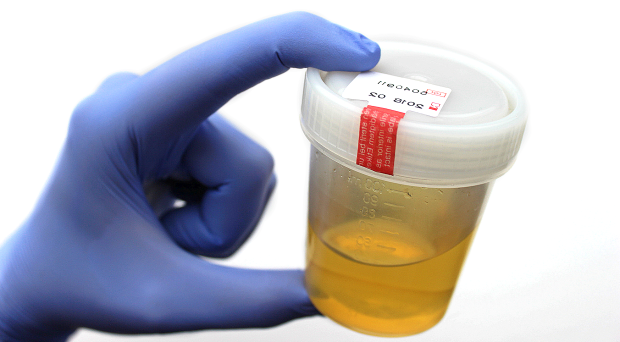Species: Canine and feline
Specimen: Urine
Container: Pottle
Collection protocol:
1. Collect a morning urine sample. To avoid the influence of stress urine should be collected at home at least 2 days after a visit to a veterinary clinic. A morning sample is preferred as it represents several hours of urine production.
2. Submit sample with a request for urinary cortisol and creatinine concentrations.
Special handling/shipping requirements: Standard.
General information about the disease: This is a useful screening test for canine hyperadrenocorticism as a normal result makes a diagnosis of Cushing’s unlikely (approximately 90% sensitivity). It is therefore useful in those cases where hyperadrenocorticism is unlikely but needs to be definitely excluded. The test has low specificity, (there are a lot of false positives) meaning further tests are needed to confirm that a high result is due to hyperadrenocorticism. On a single sample sensitivity and specificity of diagnosing hyperadrenocorticism is reported to be 75-100% and 20-25% respectively. In dogs with physical and biochemical changes consistent with hyperadrenocorticism, the sensitivity of finding 2 samples above cut–off was 99% and specificity was improved at 77%.
It is thought that the test has similar sensitivity and specificity in cats but there are few published reports.
The urinary cortisol to creatinine ratio may be used as a screening test on urinary samples collected at home by the owners. Patients with suspicious results may then be tested with the low dose dexamethasone test.
dogs:
Ratio <10 x 106 Cushing’s is very unlikely
Ratio 10 – 15 x 106 Equivocal result, retest
Ratio >15 x 106 Cushing’s may be present
cats:
There is limited information about normal levels in cats but most studies show higher levels than those found in dogs. In 1 study an upper limit of 28 x 106 was considered normal and in another study normal levels ranged from 8-42 x 106. It is critical to collect samples at home in a non-stressed environment.
See also “Diagnosis and monitoring of hyperadrenocorticism – general guidelines”
General information about when this test is indicated: Screening for hyperadrenocorticism
Comparison with other related tests: See “Diagnosis and monitoring of hyperadrenocorticism – general guidelines”

